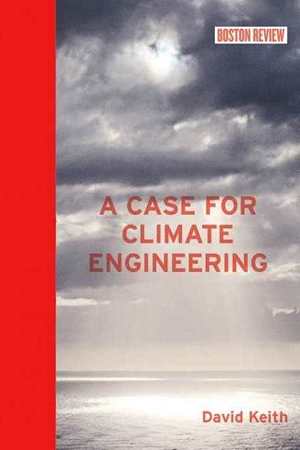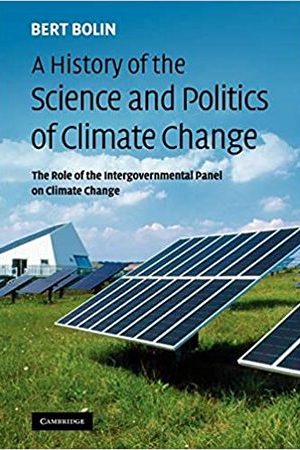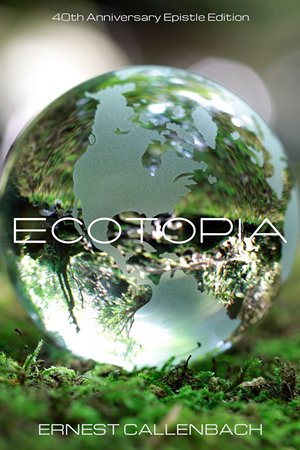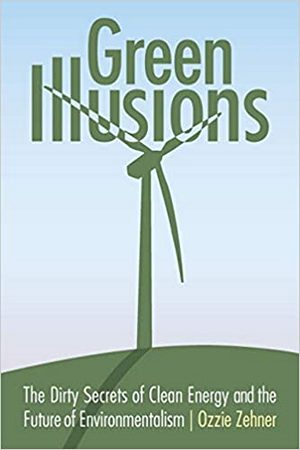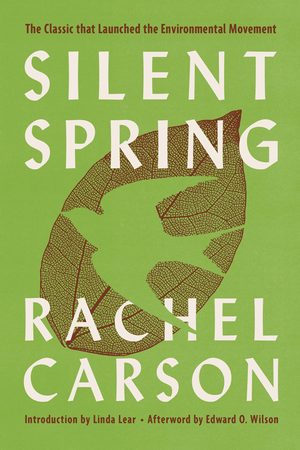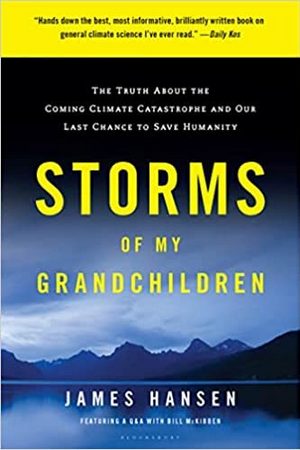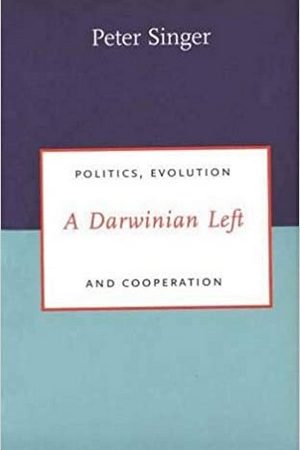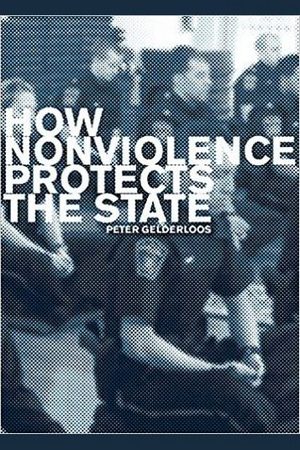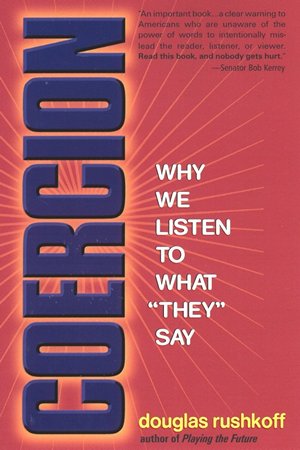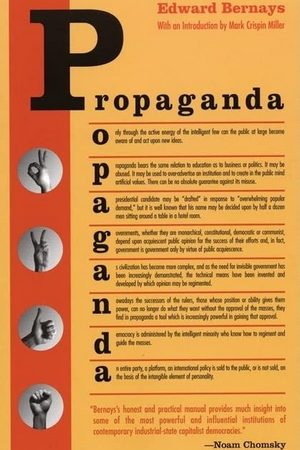External Resources
Recommended Environmental Books
(click for book reviews)
Recommended Political Books
(click for book reviews)
Recommended Videos
Climate Change 1958:
The Bell Telephone Science Hour
1958 | Running Time: 1:54
A brief but accurate explanation of global warming and its consequences from 61 years ago.
CBC: The greenhouse effect and planet Earth
Broadcast on Jan. 24, 1984 | Running Time: 30:57
An excellent overview of global warming from the Canadian Broadcasting Corporation.
Our time is running out -
The Arctic sea ice is going!
Published on June 20, 2015 | Running Time: 33:13
An interview with Peter Wadhams where he explains the Arctic meltdown and his fears for the future.
Nova: Earth from Space
Published on July 15, 2014 | Running Time: 1:54:21
An in-depth look at the intricate and surprising web of forces that sustains life on Earth. Produced in extensive consultation with NASA scientists.
ABC: Earth 2100
Published on April 20, 2012 | Running Time: 39:24
A dramatized look at the Earth and its changes from a survivor in the year 2100.
Resource Documents
The following documents are useful to provide historical context plus updates to the current ecological crisis.
NOTE: Wherever possible these documents have been downloaded and are available in pdf format, otherwise the links will take you to an external resource.
1965 - Restoring the Quality of our Environment -
Report of the Environmental Pollution Panel President's Science Advisory Committee
This is a comprehensive report on environmental degradation by scientists and industry experts for US President Lyndon Johnson. It is highly significant because it reveals that leading figures knew about the environmental threats over half a century ago.
Seven years after the LBJ report (above) the UN in effect declared the start of the Anthropocene period by stating that, "... [humankind] has acquired the power to transform [its] environment in countless ways and on an unprecedented scale." It also proclaimed 26 principles for protecting the global environment. According to the first of these, "... [humankind] bears a solemn responsibility to protect and improve the environment for present and future generations."
The World Meteorological Association (WMO) created the IPCC in conjunction with the United Nations Environment Programme (UNEP). This is the relevant WMO document. It assigns the IPCC two tasks: "assessing the scientific information" related to climate change and "formulating realistic response strategies for the management of the climate change issue."
The UN General Assembly endorsed the IPCC's creation on the understanding that it would, "... provide internationally co-ordinated scientific assessments of the magnitude, timing and potential environmental and socio-economic impact of climate change and realistic response strategies ..."
This is the critical agreement that initiated the IPCC-led process to limit climate change through annual COP (Conference of the Parties) meetings and the resulting agreements. The document states that participating nations are "Determined to protect the climate system for present and future generations ..." through the "... stabilization of greenhouse gas concentrations in the atmosphere at a level that would prevent dangerous anthropogenic interference with the climate system."
A document signed by 1,700 scientists, including 104 Nobel laureates, about the rapid degradation of the global environment.
In this document I quote the four IPCC assessment reports (AR2 - AR5) that followed the UNFCCC signing in 1992. The initial and most extensive treatment of how Article 2 should be interpreted is provided in AR2 (1995). Here we are told that determining what concentrations of GHGs might be regarded as “dangerous anthropogenic interference with the climate system” is a policymaker and not a scientific or IPCC responsibility. No justification is given for this assertion. AR2 also states that, "The task of the IPCC is to provide a sound scientific basis that would enable policymakers to better interpret dangerous anthropogenic interference with the climate system." Nowhere is it explained WHY this is the IPCC's restricted task.
Officially known as the "Kyoto Protocol to the United Nations Framework Convention on Climate Change", this agreement makes no further reference to the 1992 UNFCCC accord, which committed the world to maintaining GHG concentrations at safe levels. Instead it deals exclusively with emissions, which increase the already unsafe concentrations. As an indicator of this massively skewed emphasis, the protocol mentions "emissions" 57 times, whereas the word "concentrations" doesn't appear at all.
This agreement was reached at COP21 and asked nations to reduce emissions based on, "... their best efforts through 'nationally determined contributions' (NDCs) and to strengthen these efforts in the years ahead." As with the Kyoto Protocol, the UNFCCC commitment to safe concentrations was completely ignored. (Also see this UNFCCC statement on the Agreement.)
This 25-year update to the first warning in 1992 notes that most environmental indicators have become "far worse". It has over 15,000 signatories.
Also known as the "Hothouse Earth report," this paper concludes that tipping points (more accurately: points of no return) could soon push the Earth into a "hothouse" trajectory beyond human control.
This is the third warning to humankind about the ecological crisis. The previous two appeared in 1992 and 2017 (see above). This latest warning, by the Alliance of World Scientists, focuses on the GHG crisis ("climate change"). It candidly points to rich-world lifestyles and population growth as critical factors and declares that, "An immense increase of scale in endeavors to conserve our biosphere is needed to avoid untold suffering due to the climate crisis."
The latest warning from a group of scientists headed by William Ripple cites the devastating floods, heatwaves, and droughts that are now plaguing humankind. As with the two previous warnings in 2017 and 2019, it includes the major trend lines for population, ice cover loss, CO2 releases, etc. It states: "... we reaffirm the climate emergency declaration and again call for transformative change. ... We must now join together as a global community with a shared sense of urgency, cooperation, and equity."
This glossary is an annex (appendix) of the report, "Climate Change 2022: Mitigation of Climate Change".
